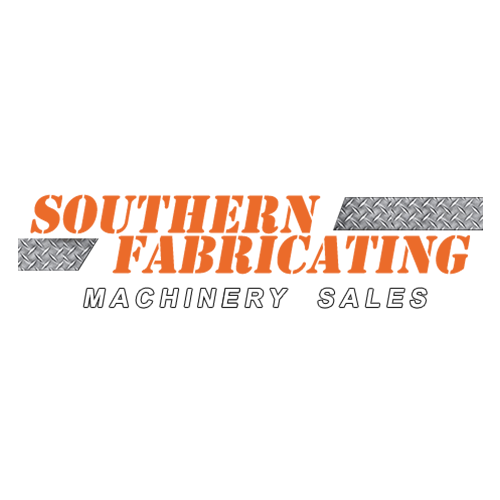
Posted By: Southern Fabricating Machinery Sales | Posted On: January 19, 2024
Determining Correct Tonnage for a Press Brake: A Comprehensive Guide
Introduction to Press Brake Tonnage
In the realm of metal fabrication, press brakes are indispensable. They bend and shape metal sheets with precision, but this precision hinges on one crucial factor – selecting the correct tonnage. Understanding the mechanics of press brakes and the role of tonnage is the first step towards optimal use and efficiency.
Understanding Press Brake Mechanics
Press brakes function by applying force, or tonnage, to bend metal sheets. The tonnage required depends on various factors, including material type, thickness, and length of the bend. It's a delicate balance: too little force and the bend is incomplete, too much and the material can be damaged, or the machine overworked.
Basics of Press Brake Tonnage
Tonnage, in simple terms, is the amount of force that a press brake can exert. It's measured in tons, and its adequacy directly impacts the quality of the bend. The fundamental principle is that heavier and thicker materials require more tonnage.
Importance of Correct Tonnage
Selecting the right tonnage isn’t just about achieving the desired bend. It's also about safety and efficiency. Incorrect tonnage can lead to equipment damage (ram deformation or tool breakage), compromised product quality, and even pose risks to operator safety.
Safety and Efficiency Considerations
The safety of operators is paramount. Overloading a press brake can lead to mechanical failures, posing serious risks. From an efficiency standpoint, using the correct tonnage minimizes wear and tear on the press brake, preserving its lifespan and performance.
Factors Influencing Tonnage Requirements
Tonnage requirements vary based on several key factors. Understanding these will guide you in making an informed decision about the tonnage needed for your specific application.
Material Thickness and Type
Different materials behave differently under stress. For instance, stainless steel requires more tonnage to bend than mild steel of the same thickness. The thicker the material, the higher the tonnage required.
Length of Bend
The length of the bend affects the tonnage requirement. Longer bends need more force evenly distributed across the length of the die.
Press Brake Type and Specifications
Press brakes themselves vary. Hydraulic, mechanical, and electric press brakes each have unique characteristics that influence the tonnage calculation.
Tooling
The tooling type selected also plays a critical roll in selecting the right press brake tonnage as the wider the V-Die chosen the lower the tonnage required. However the offset of a wider V-Die is the radius on the formed edge becomes larger and the flange length required also increases.
Methods to Calculate Press Brake Tonnage
Calculating the right tonnage is a blend of science and experience. There are various methods to approach this crucial task.
Traditional Calculation Methods
Traditional methods involve formulas that consider material properties, bend length, and V-die opening. These formulas provide a starting point but often need adjustments based on machine specifics, actual material hardness (including springaback) and real-world experience.
Modern Software Tools and Applications
Today, software tools offer more precision in calculating required tonnage. These applications consider a multitude of variables and can provide more accurate and consistent results. Often these tools , or calculators are built right into the CNC controller of the press brake.
Common Mistakes in Tonnage Calculation
Miscalculating tonnage is not uncommon, but being aware of common mistakes can help avoid them.
Overestimation and Underestimation Risks
Overestimating tonnage can lead to unnecessary strain on the press brake, while underestimating can result in inadequate bends. Both affect the quality of the final product and can lead to irreversible damage to the machine.
Misinterpretation of Material Properties
Misunderstanding the properties of the material being bent is a frequent error. Each material has its unique bending characteristics, which must be factored into the calculation. Mild Steel (most common in 12 GA and thinner) is awesome assumed as the material for all steel; sheets when in fact, most steels 10GA and thicker are A36 which is much harder and poses a higher tonnage need.
Real-world Applications of Correct Tonnage
The theoretical aspects of tonnage calculation come to life in real-world applications. Industrial examples and case studies showcase the impact of correct tonnage on manufacturing efficiency.
Industrial Examples
In industries like medical, automotive and aerospace, precision is non-negotiable. Here, the correct tonnage directly impacts the quality and safety of the final product.
Case Studies in Manufacturing Efficiency
Case studies reveal how optimized tonnage not only ensures quality but also enhances production efficiency, reduces waste, and lowers operational costs.
Innovations in Press Brake Technology
The field of press brake technology is continuously evolving. Innovations aimed at simplifying and refining tonnage calculation are at the forefront. New designs also on the forefront include hydraulic hybrid and full electric.
Advances in Tonnage Calculation
Recent advances include more sophisticated software tools and algorithms that offer more precise calculations, reducing the trial-and-error aspect of tonnage determination.
Automated Systems and AI Integration
Automation and AI integration in press brakes are revolutionizing how operators approach tonnage calculation, leading to smarter, more efficient operations as AI can calculate many factors all at once providing an ultimate resolution for bending.
Maintenance and Calibration for Optimal Tonnage
Regular maintenance and calibration of press brakes are essential for ensuring that the tonnage remains accurate over time.
Regular Maintenance Tips
Regular inspections, lubrication, cleaning and part replacements are crucial for maintaining the integrity and accuracy of press brakes.
Calibration Techniques
Periodic calibration ensures that the press brake operates within its intended specifications, crucial for maintaining consistent bending quality.
Environmental Considerations in Tonnage Selection
In today’s world, environmental considerations are increasingly important. Selecting the correct tonnage can also have environmental benefits. Although there are "Eco-Friendly" machine designs (electric) they come with their limitations. It is important to know what the advantages and disadvantages of each design are and how that design may work, or limit your needs.
Eco-friendly Practices
Using the right tonnage reduces energy consumption and minimizes waste material, inherently contributing to more eco-friendly manufacturing processes.
Energy Efficiency and Sustainability
Efficient use of press brakes contributes to overall energy efficiency in manufacturing, aligning with sustainability goals.
Conclusion: Optimizing Press Brake Performance
In conclusion, determining the correct tonnage for a press brake is a critical step that impacts safety, efficiency, and quality. By understanding the factors involved and utilizing modern tools and techniques, manufacturers can ensure optimal performance and longevity of their press brakes. Embracing innovations and maintaining environmental consciousness in this process not only enhances operational efficiency but also contributes to sustainable manufacturing practices.
FAQs
-
How does material thickness affect press brake tonnage? Material thickness is directly proportional to the required tonnage. Thicker materials require more force to achieve the desired bend.
-
Can the type of press brake affect tonnage requirements? Yes, different types of press brakes (hydraulic, mechanical, electric) have varying capabilities and thus different tonnage requirements.
-
Is it possible to calculate press brake tonnage without software? Yes, traditional calculation methods using formulas are available, but they may not be as precise as modern software tools. However the user has to be aware that the results are only as good as the information supplied. Knowing the correct material & tooling properties are critical to success.
-
How often should press brakes be calibrated for accurate tonnage? Calibration frequency depends on usage but typically should be done at regular intervals to ensure accuracy.
-
Are there environmental benefits to selecting the correct tonnage? Yes, using the correct tonnage can lead to energy efficiency and reduced material waste, contributing to more sustainable practices.
-
What risks are associated with incorrect tonnage selection? Incorrect tonnage can lead to poor quality bends, damage to the press brake, and potential safety hazards for operators.
At Southern Fabricating Machinery Sales we have experts on staff to take the hyperbole out of the press brake buying process and work with your application to assure your parts and needs are considered first when buying a press brake.






